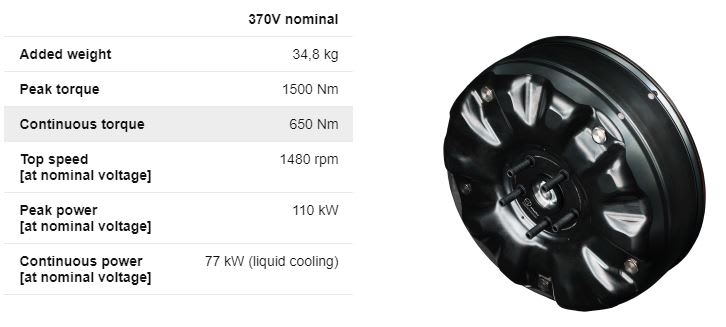BenDorward
Automotive
- Dec 18, 2019
- 10
I'm going to be converting a class b motorhome, most likely a sprinter, into an ev vehicle. I heard the new electric Mercedes have a 84kw motor (120hp) with 300 newtons (220f/lbs) torque so i thought I would model my needs off their specs. I found a few motors that were close on the hp but not the torque. Any help finding other brands would be greatly appreciated. Why would i need that torque if ev conversions for vw bus's are 71hp,120f/lbs.
(120hp,162f/lbs)
(165hp, 190f/lbs)
(120hp,162f/lbs)
(165hp, 190f/lbs)

